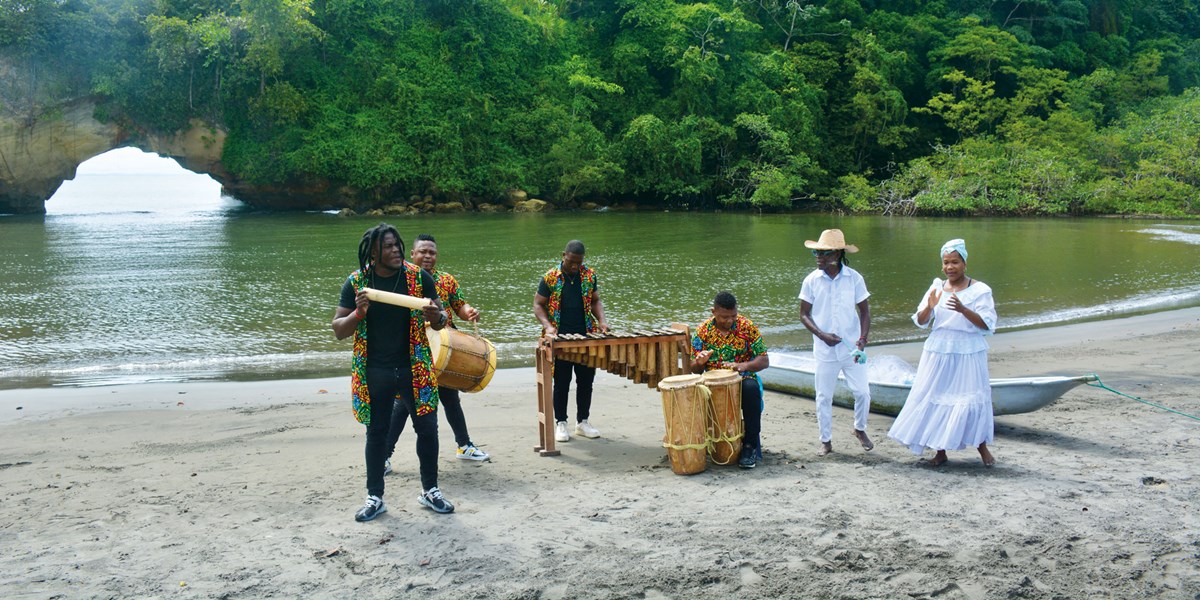Tuesday, October 11, 2022
Simon Broughton gets to grips with Colombia's marimba music: “absolutely exhilarating and liberating for the soul”
The marimba music of Colombia’s Pacific coast is enjoying a something of a revival. Simon Broughton grabs a couple of mallets and takes a swing at a workshop


Register now to continue reading

Thanks for visiting the Songlines website, your guide to an extraordinary world of music and culture. Sign up for a free account now to enjoy:
- Free access to 2 subscriber-only articles and album reviews every month
- Unlimited access to our news and awards pages
- Our regular email newsletters

